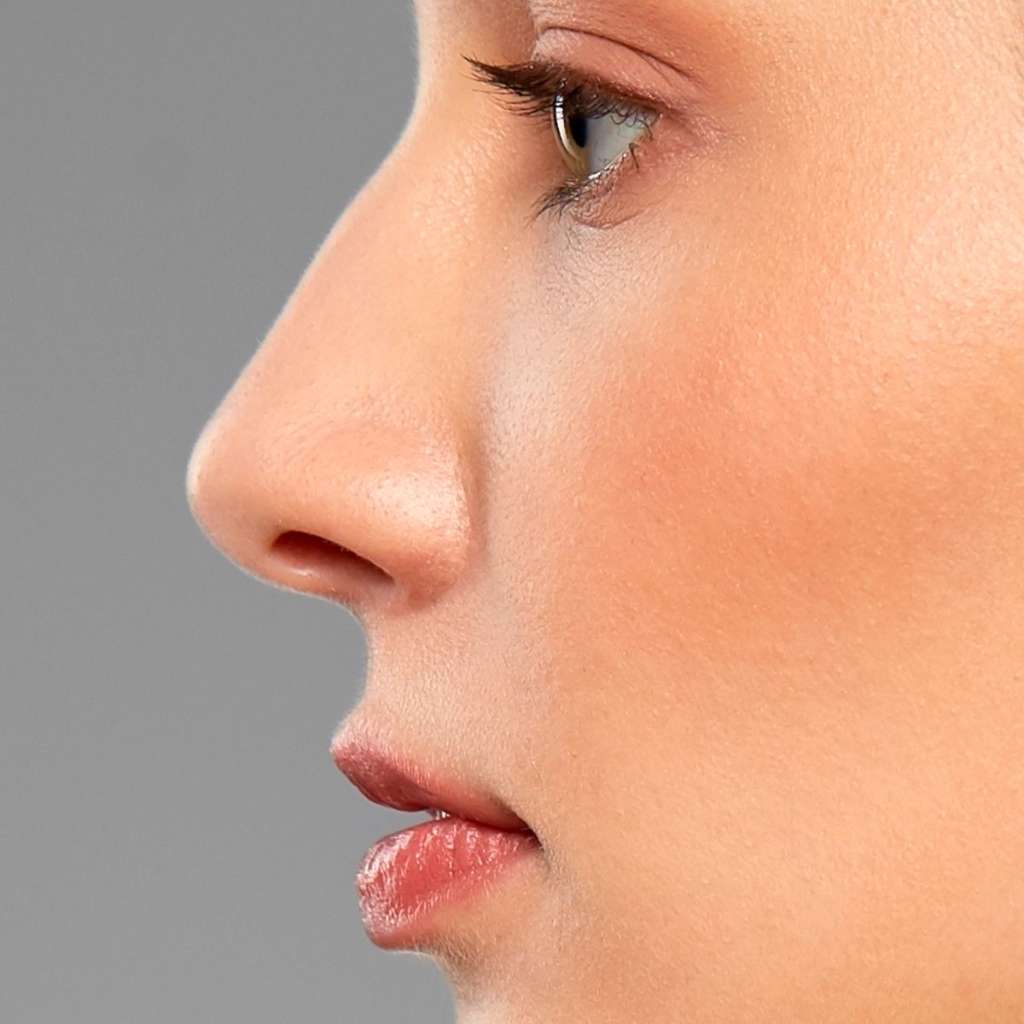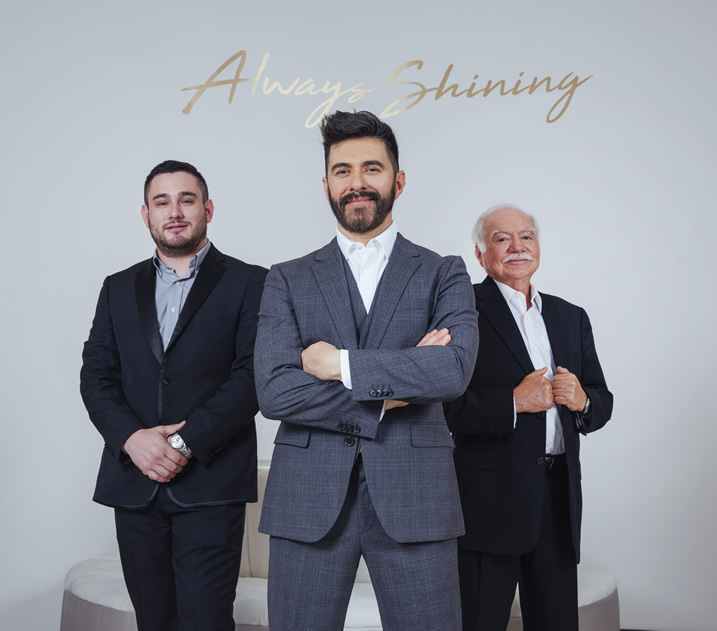REVISION RHINOPLASTY IN TIJUANA
Rhinoplasty is a complex procedure that requires a combination of skills, knowledge, and experience to achieve objective results. Unfortunately, not all plastic surgeons have these essential characteristics and skills, which can leave some patients dissatisfied with the results obtained.
Revision rhinoplasty is surgery performed after the initial procedure to correct unpleasant results or problems from the first surgery. Problems can be cosmetic or functional in nature and in some cases both. Choosing a plastic surgeon for a revision rhinoplasty is an important decision, as it is a second chance to obtain the real desired results, so it is important to choose the best possible plastic surgeon to perform this procedure.
What is revision rhinoplasty for?
Revision rhinoplasty is a surgery that serves to correct the results of a previously performed rhinoplasty, in which the desired results were not obtained, or later some problems arose, for which revision rhinoplasty has the solution.

What does the surgery consist of?
It is completely normal to be concerned about this procedure, since the first surgery did not go as planned. For this reason it is important to express all concerns that may arise with the plastic surgeon. Regularly, rhinoplasty revision can be carried out by means of 2 techniques:
Closed Rhinoplasty
With this technique, only the incisions located inside the nose are used. This technique has the advantage of limiting trauma in the surgical area and eliminating visible scars after surgery. However, it is generally reserved for patients who need mild to moderate correction, as there is not as much access to the entire nasal structure.
Open Rhinoplasty
This technique combines internal incisions with one more external incision to provide additional reach into the structure of the nose. The additional incision is made through the columella, the skin, and the tissue located between the nostrils below the nose. Small sutures are used to minimize any visible scarring after surgery.
The duration of the surgery depends on the complexity and the need at times to obtain cartilage from outside the nose during the surgery, so it can last up to 3 or 4 hours, depending on the case and the previous surgeries.
The anesthesia used for revision rhinoplasty can vary, local anesthesia with sedation is recommended if the correction is minimal, for more extensive operations general anesthesia is used with which the patient will remain totally unconscious. During surgery, the surgeon can remove tissue and cartilage to sculpt a more aesthetic profile. If the first procedure left the nose too narrow or pointed, it may be necessary to add cartilage to create a more natural result.
Usually, the internal supporting structure of the nose, the nostrils, and the external appearance need to be carefully studied. Generally, it is the patient themselves who points out what he or she does not like or what he or she perceives as improvable.
Who is a candidate for this procedure?
The factors that determine if a person is a candidate for this type of surgery or not are the following:
- If the first surgery did not provide the desired correction
- If the procedure was overcorrected, creating new aesthetic concerns
- If poor healing affected the outcome of the procedure
- If the surgery affected the ability to breathe easily
This procedure is most likely more complicated than the first. Scar tissue, loss of bone and cartilage, and previous incisions can make revision surgery much more complicated, which is why it is very important to seek out an experienced surgeon who can provide the desired results and avoid another disappointment.
What are the risks?
The risks of a revision rhinoplasty are the same as a rhinoplasty:
When the surgery is carried out by a qualified and experienced plastic surgeon the risk of complications is quite low. However, as with any other type of procedure of this type, there are risks such as infection, nosebleeds or reactions to anesthesia. These risks can be minimized by following the directions provided by the surgeon before and after surgery. Sometimes there may be small red dots that are broken vessels, these are not permanent so they should not be of any concern. There is no risk of visible scars, as the incisions are made inside the nose.
Results
During the first days after surgery, when the face is swollen and bruised, patients may think that the appearance has not improved and many patients can feel somewhat disappointed or depressed. However, it is important to remember that day by day the appearance will improve and the patient will begin to look and feel better. After 1 or 2 weeks, the symptoms will disappear and the results will begin to be noticeable. The improvement is progressive and gradual, although minimal swelling may persist, especially at the tip, for a few months. The final result will be fully visible after approximately 1 year.
CONTACT US
GET A FREE CONSULTATION

Interested on this treatment?
You can click on the button bellow to contact us and get a FREE consultation for it!




